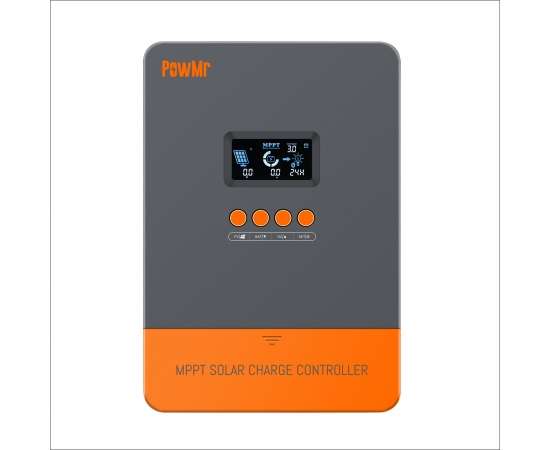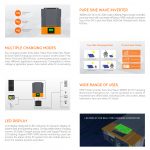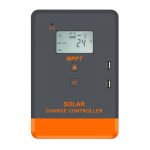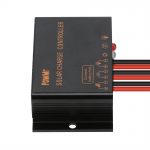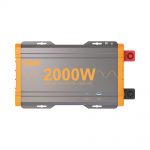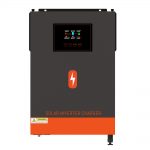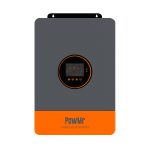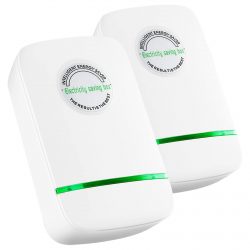Built-in anti-leakage and anti-corrosion protection
With seven production units worldwide, more than 28 sales offices and operations in more than 36 countries, we are one of the world’s leading Hybrid Inverter and battery companies. We manufacture a wide range of UPS home inverter systems and batteries that are conveniently divided into smart varieties, critical ranges and power ranges. As the world’s leading inverter and battery company, we offer you the Zelio+ Power inverter family, one of the smartest home inverters in the world.
You get state-of-the-art features such as a digital display, mains bypass switch and MCB safety at an affordable price. Let me explain why? Since all vehicles use batteries as a storage device for electrical energy, all electrical energy input and output must pass through the battery. MPPT vs PWM: Charge difference PWM charges the battery with a constant 3-stage charge (bulk, float, and sink), while MPPT is maximum power point tracking, which can be thought of as a multi-stage charge. The conversion efficiency of MPPT is 30% higher than that of PWM.
We all live in an age where it’s nearly impossible to get through without the many appliances and gadgets that make our lives easier. The moment you lose power in your home or workplace, things stop. If you don’t have an inverter in your home or office, this situation can leave you at a loss. They can also be used as filters, allowing the device to have a steady flow of power. They continuously monitor input voltage spikes, brownouts, EMI, etc. One of the most common problems you may face is that the inverter battery stops charging.
In most cases, it’s usually a dead battery or a problem with the grade splitter. If the battery is under warranty, you can buy a new battery or replace it. Different charging methods. Different charging methods, Solar Charge Controller charging controller adopts three-stage charging. MPPT is a maximum power tracking technology, and the relative charging efficiency can be increased to about 30%. Tubular lead-acid batteries consist of positive and negative plates with specific geometries. The positive plates of these batteries have tubular elements, while the negative plates are flat-shaped. LCD display: The inverter with LCD display shows the remaining backup time in the event of a power failure and the battery charging time when the grid power supply is normal.
It helps users plan activities efficiently. The Zelio, Optimus and iCruze series all feature LCD displays. There are basically two types of Solar Batteries offered by Luminous Flat Cells and Tubular Cells. Flat-panel batteries are widely used for backup power and storage in stand-alone systems. The flat-panel battery comes in two models – 135 Ah and 150 Ah, and comes with a 39-month warranty*. In addition to excellent charge acceptance that can withstand high currents, Powmr batteries have built-in protection against leakage and corrosion. Floating charging. The charging voltage (Uf) in floating charging mode is slightly lower than constant charging. The main purpose of this charging mode is to compensate for the self-lost energy of the battery, since at this stage the battery is fully charged. Powmr has long been known for its trust in its customers.
Powmr’s home UPS is designed to provide an excellent power-boosting alternative for areas with endless power outages. By choosing a battery from Powmr, you can also cut your expensive electricity bills. Precisely, energy innovations like these aren’t just for trendy eco-friendly homeowners. Inverter As we all know, the inverter plays an important role when we have no electricity.
Basically, an inverter converts direct current (DC) to alternating current (AC). AC can be any voltage with the help of the right transformation. The inverter does the opposite of the rectifier. PWM Solar Charge Controller Technology. Today, with more and more residential, commercial and even industrial industries using solar energy, solar energy systems are becoming more popular than ever. As a result, the technology of solar photovoltaic cell charge controllers has evolved over the years. The most innovative technology is PWM charging, which has become very popular.
